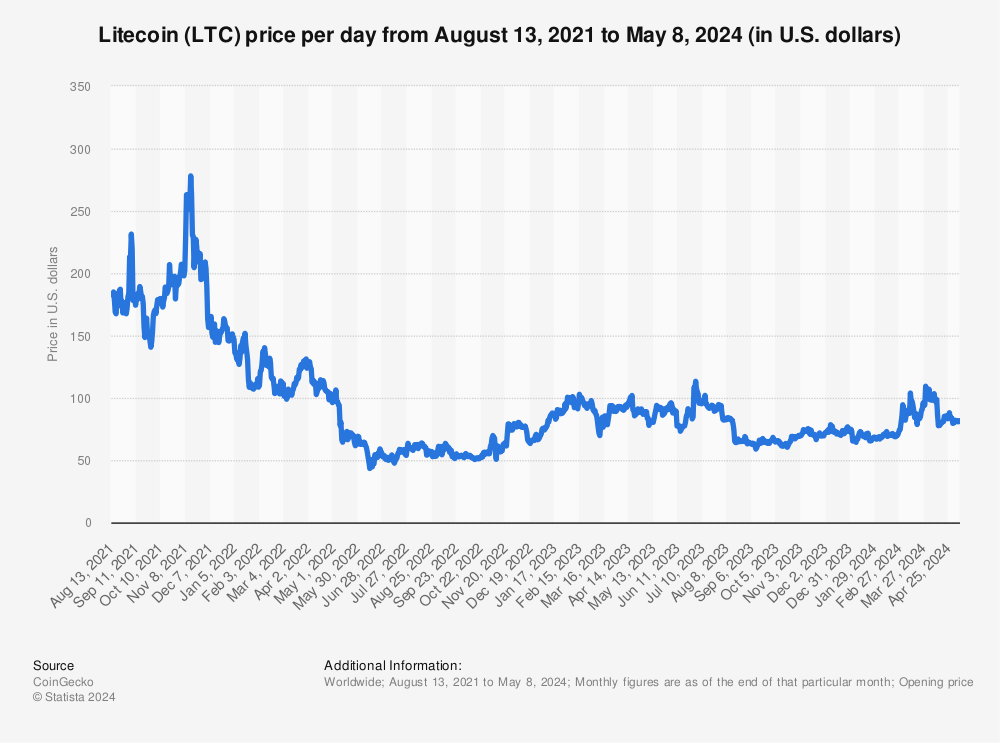

But with increasing network transactions and miners, the stakes rose. In the past, Litecoin mining did not demand much power, and people using average CPUs/GPUs had chances of winning block rewards.

Various merchants have already implemented the blockchainVarious merchants have already implemented the blockchain, accepting the currency for payment, gambling, or art. Cross-industry integration – Litecoin aims to increase its network and native coin adoption through the open software concept.The developers are planning to implement MimbleWimble to create single-chain transactions that are entirely obfuscated from third parties. Confidential transaction to boost network privacy – Litecoin’s developers are betting on building core privacy features to strengthen anonymity.The cost of transactions on the Litecoin network depends on block size as well as the size of the transaction. One of Litecoin’s core visions was to introduce lightning-fast transactions that were also cheap. The high fees result from network congestion caused by increasing traffic. Lately, both blockchains have been bleeding users as a result of high transaction fees. Relatively low transaction fees – we’ve seen the scalability issues affect both Bitcoin and Ethereum.The developers wanted to change how performance is affected by scalability and solve such problems. Its development was a challenge to Bitcoin’s block size and the 10 minute block confirmation time. Boost performance speed – Litecoin is designed to be lightweight and fast.

Litecoin is focused on delivering a highly sophisticated and scalable blockchain. And as a result, it introduces a plague of scalability issues, bottlenecks, and increased network fees.


 0 kommentar(er)
0 kommentar(er)
